From next year, World Rally Cars are about to get a lot faster, a lot wider and a lot more aggressive as part of an overhaul of the sport’s technical regulations for 2017.
In a bid to evoke memories of the much-loved but incredibly dangerous Group B rally cars, the new WRC cars will have a lot more power and a lot less weight, as well as new aerodynamic regulations which will allow for larger, more dramatic spoilers and aero kits.
Maximum power is due to increase from around 300bhp to 380bhp, weight will drop from 1,200kg to 1,175kg and manufacturers will be allowed a full 55mm extra to work with for larger bumpers, wings and wheel arches.
The finished versions of the 2017 cars have yet to be unveiled as they’re all currently undergoing testing, but in the meantime here’s all we know about the new cars and a sneak peek at how they’re going to look.
Citroen C3 WRC
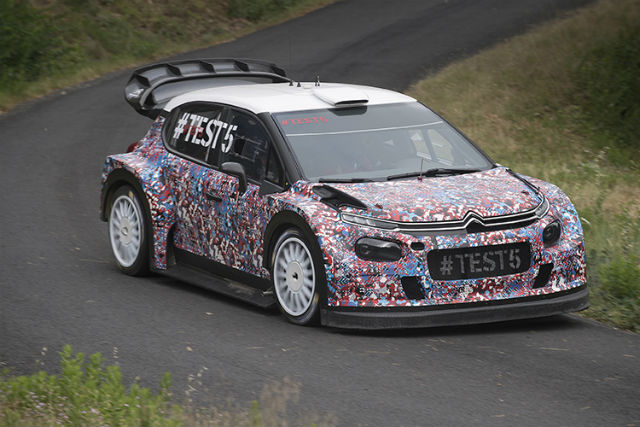
Following a year out from the WRC to focus on developing its 2017 car, Citroen is expected to return full-time with a bang to the championship, headed up by Northern Irish driver Kris Meeke.
Gone is the stalwart DS3, replaced instead by a new C3, the name of which was unveiled alongside a series of sleek concept images hinting at the final appearance of the car.
Although the concept is unbound by FIA regulations and therefore took a few artistic liberties here and there, it’s expected that the final car will closely resemble the renders.
Testing has taken place on both gravel and tarmac surfaces, and the new C3 WRC is hotly tipped to be the car that’ll give current champions Volkswagen the hardest run for their money next year.
Volkswagen Polo R WRC
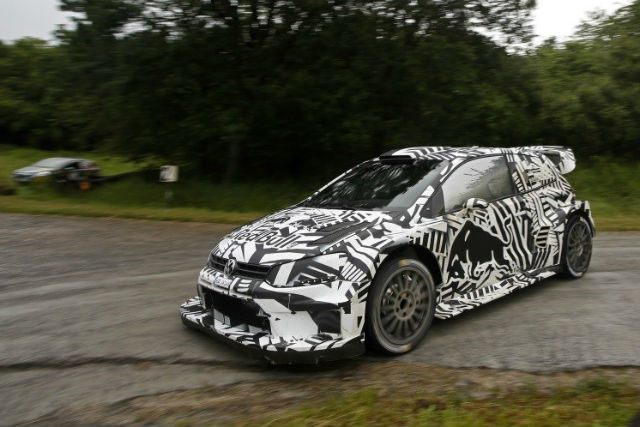
Volkswagen remains the team to beat in the WRC, and the 2017 Polo R WRC has been undergoing extensive testing on the fast gravel of Finland and on German asphalt as well.
Whether or not the Polo R will still be the car to have has yet to be seen though. Prior to its entry into the WRC, Volkswagen spent a significant amount of time, energy and resources crafting the Polo R to be the best, and with the regulation changes the manufacturer will be afforded much less time to develop its new car.
Given the vast resources of the VW group, it’s likely that the car will still be one of the most competitive, if not the most competitive and it’s received high praise from drivers Sebastian Ogier, Jari-Matti Latvala and Andreas Mikkelsen.
Compared against the previous car, the 2017 Polo R WRC features noticeably increased front and rear bumpers, beefier door sills and wheel arches, plus a much larger rear wing.
Ford Fiesta RS WRC
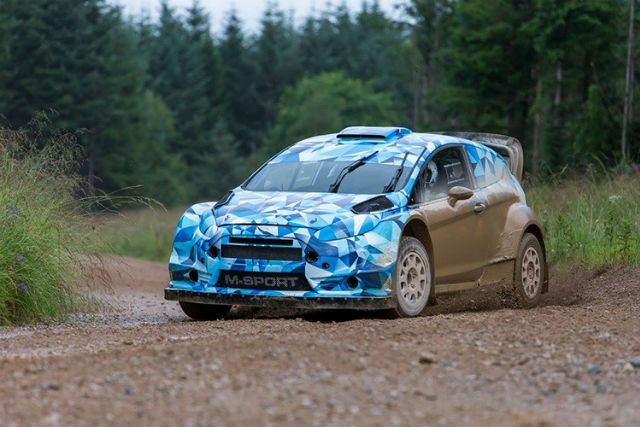
Despite reigning supreme when it built cars on behalf of the Ford World Rally Team, M-Sport hasn’t won a WRC rally since their debut as a standalone team back in 2006.
The Fiesta RS WRC, despite being one of the more recognisable cars, hasn’t been as competitive against the Polo R as many would have liked, but 2017 could see that change, as M-Sport has put a lot of effort into the 2017 car’s development.
Preliminary tests took place in Cumbria earlier this month alongside a test programme in Spain, while M-Sport head and former Ford driver Malcolm Wilson spent time behind the wheel personally to assess it.
Like the other WRC cars, the Fiesta RS is significantly more powerful and also lighter, but appears to look fairly similar to its predecessor with the exception of much larger and boxier wheel arches.
Toyota Yaris WRC
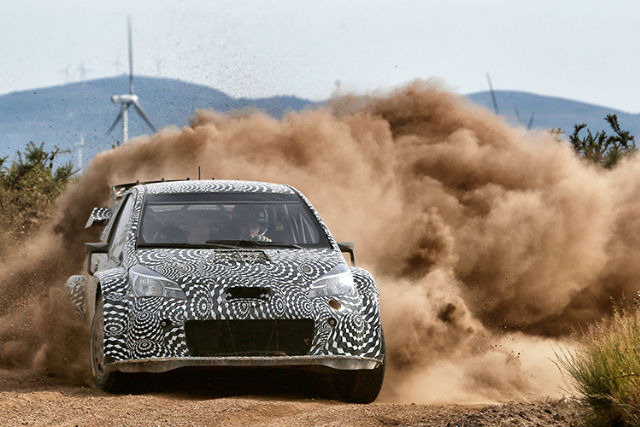
2017 will also mark the much-awaited return of Toyota to the WRC, with four-time World Rally Champion Tommi Makinen serving as team principal and a driver line-up rumoured to consist of new drivers thirsty for success.
It also claims that it’s viewing next year’s season as a development season and says it’s not looking to take on Volkswagen, but the fact that their all-new WRC-spec Yaris has covered over 5,000 testing miles suggests a different story.
Alongside the C3, the Yaris WRC is the second all-new car to join the championship next year and as such little is known about it, other than it’s based on the current generation Yaris supermini.
Like all the other cars though, it’ll get somewhere in the region of 380bhp from its engine, along with a centre differential and a widened bodykit with a large, straked rear wing.
Hyundai i20 WRC
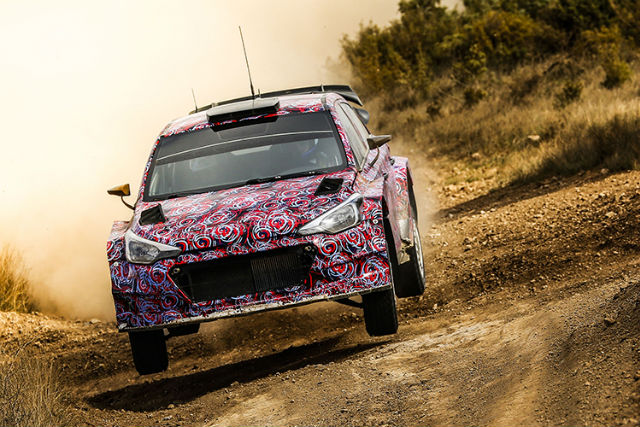
Developed by Hyundai’s sporting wing Hyundai Motorsport, the 2017 i20 is built on the footprint of the facelifted i20 supermini which was unveiled earlier this year and like VW and M-Sport’s cars has been putting serious miles in.
Initial tests of the 2017 i20 WRC took place over several days earlier this year in the south of France, and also tested it in the run-up to this year’s Rally Finland to assess how it performs on gravel.



